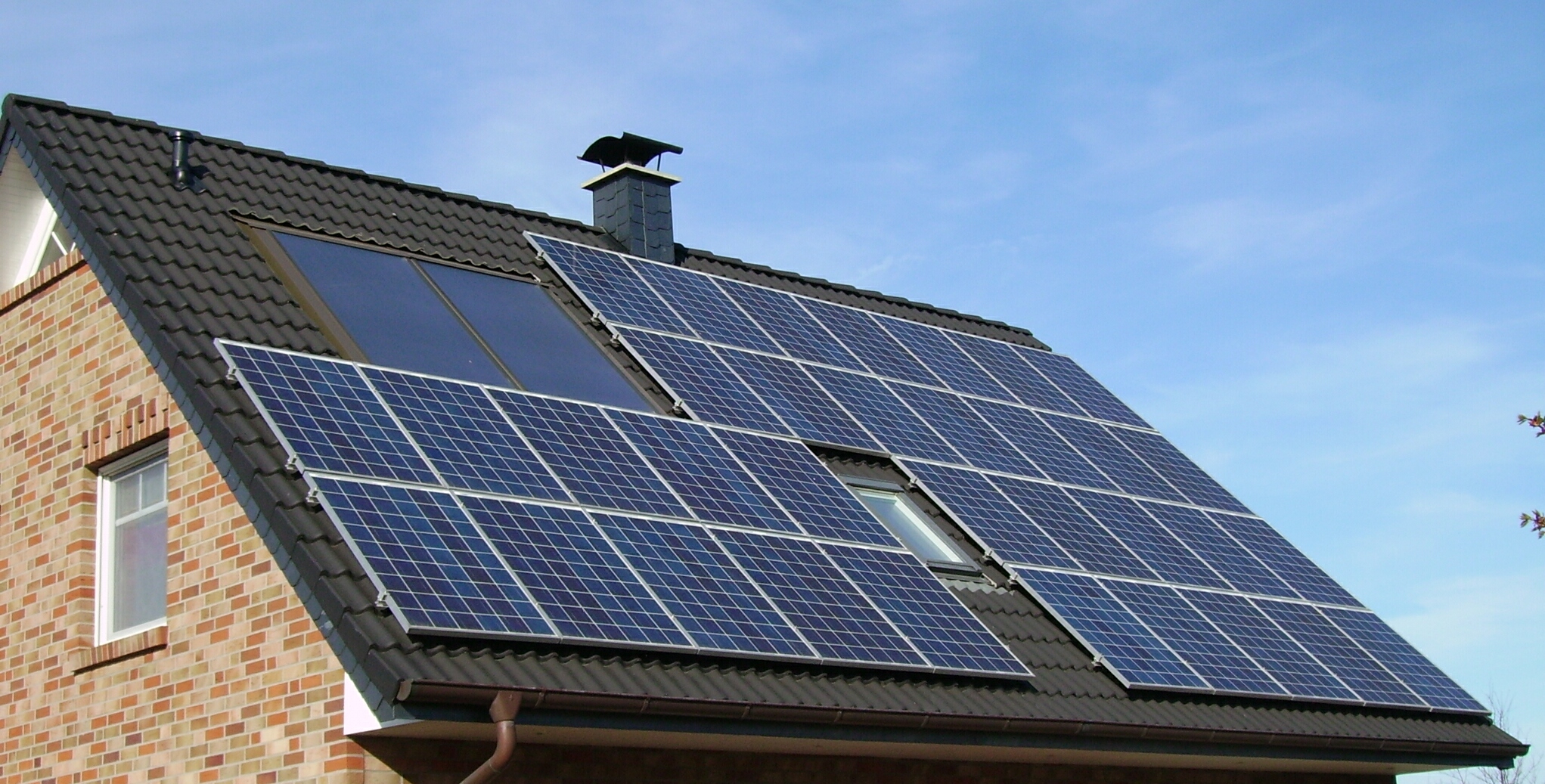Letter Re: Backup Electric Power Design Considerations
Editor, As a full time user of off-grid power I’ve a few quibbles with this article. One is the casual reference to rooftop solar panels. Solar panels get dirty-fast. Solar panels in general are not all that wonderful in generating concentrated energy and dirty panels generate far less than optimal. They need to be cleaned with a soft brush and hose often. In northern parts snow sticks to panels real well and then generate nothing. Unless you have a widows walk installed below the panels, don’t even think about installing them on high roofs. Anything that gets in the way …


